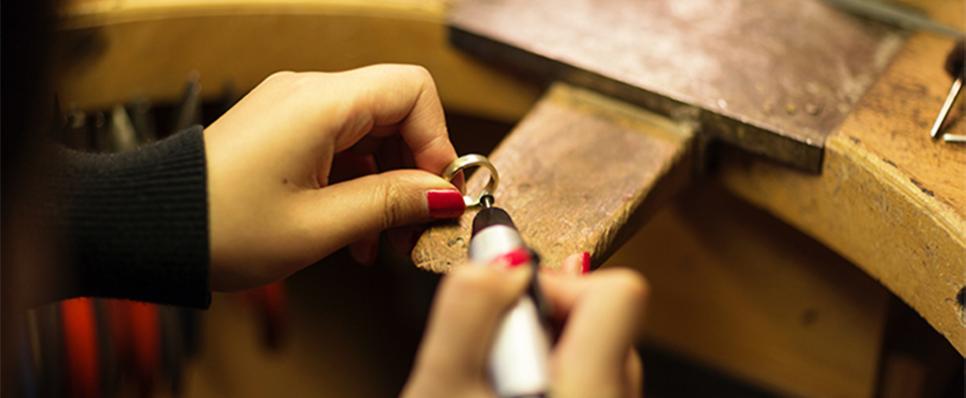Published: 04 Oct 2018
Who governs the hallmarking process in India?

Gold hallmarking is the process through which the purity of the gold we buy, be it coins, bars and even jewellery is certified. It is an all-important process that assures us of the quality of our gold.
But where does this hallmarking happen and who is it regulated by?
Hallmarking of jewellery is done at assaying and hallmarking centres present across the country. These are monitored by the BIS.
What is an AHC Gold Hallmark?
AHCs, or assaying and hallmarking centres, are present across India and form the backbone of the gold hallmarking process. There are about 662 AHCs in the country supporting a network of nearly 20,000 jewellers, licensed under the Bureau of Indian Standards (BIS). Any BIS certified jeweller has the right to register itself with any of the 662 BIS recognised assaying and hallmarking centres to get its jewellery marked. However, the gold jewellery is hallmarked only after ensuring that it conforms to the declared purity and fineness.

AHCs have the authority to melt any piece of jewellery that does not meet the hallmark requirements or whose quality is found lower than the purity stated.
The process of Gold hallmarking
It broadly involves 3 steps- homogeneity testing, purity testing and marking individual items. In homogeneity testing, all items within a given sample are checked to ensure that they comply with the basic regulatory standards.
The purity test is the most complex stage in the process. The first step is selecting the items to test; this is followed by carrying out a preliminary test on the surface of each item, after which smaller samples from each item are taken for more detailed testing. Finally, intense assaying is done to assess the fineness of gold. Once the rigorous testing is done, hallmarks are applied, via laser, press or hand marking.
Latest developments to streamline and promote Gold hallmarking
With the substantial increase in the number of AHCs in the past 15-17 years and strict measures taken to streamline the supervisory structure for retailers and hallmarkers, manufacture of under-karatage jewellery has decreased from 20-40% to 10-15%. Not just that, to promote jewellery hallmarking, the BIS license fee has been reduced for jewellers from rural areas. The AHC equipment cost also has been substantially reduced so that more and more AHCs can be set up in rural parts of India.
With adequate government support, more AHCs can be set up in rural areas to benefit the local population, thus eliminating the problem of over-clustering of AHCs in urban areas. Also, with significant steps being taken to make hallmarking mandatory in most cities in India, the BIS and the government will be working towards building AHCs wherever required.











